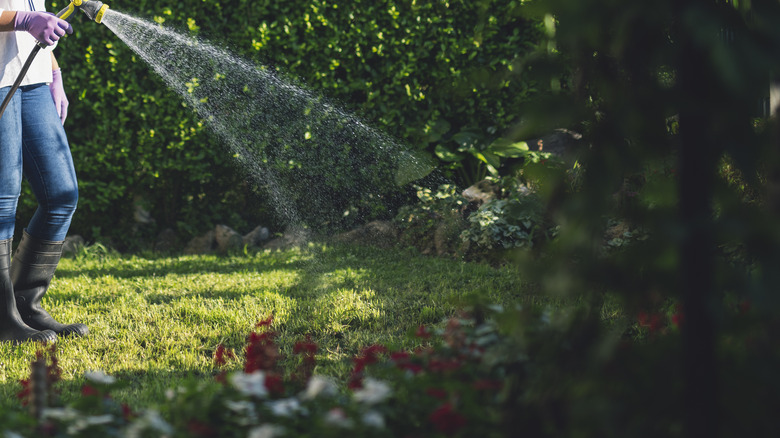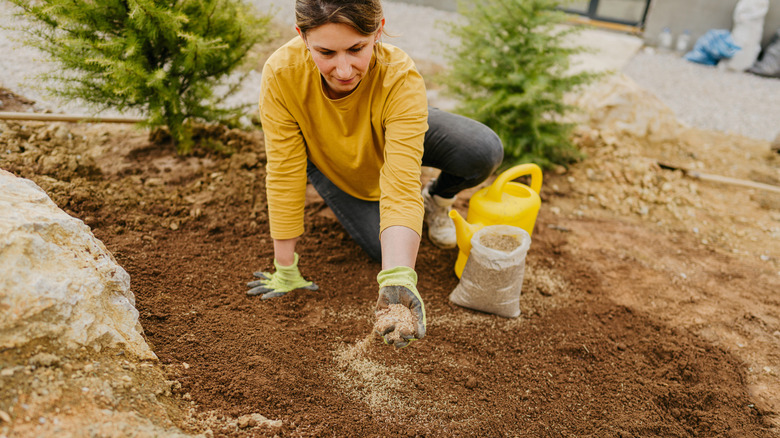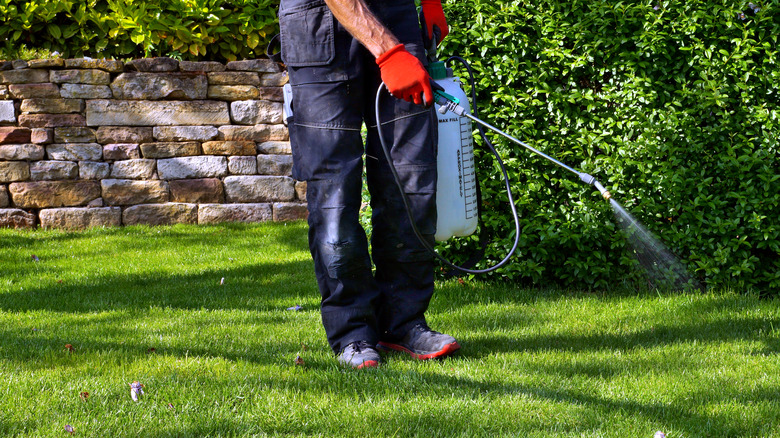How To Protect Against Weeds After Hydroseeding Your Lawn
Once you've hydroseeded your lawn, safeguarding it from weeds becomes paramount. The best way to achieve this is by maintaining a consistently moist environment, ensuring timely fertilization, and adopting a robust weed management plan. Nowadays, hydroseeding stands out as a pioneering technique that's capturing the interest of homeowners and gardening professionals alike. By seamlessly blending water, seeds, mulch, and fertilizer into a consistent liquid concoction, this method acts as a catalyst, driving swift grass growth. The result? Within no time, you can revel in the beauty of a lawn that's not just green but luxuriantly so.
Yet, it's worth noting that every rose has its thorns. Just as hydroseeding sets the stage for grass to bloom and prosper, it might inadvertently pave the way for certain challenges commonly encountered in gardening. Specifically, this welcoming environment might tempt some uninvited guests, such as weeds, to lay down their roots. Given the optimal conditions hydroseeding presents, weeds, always on the lookout for an opportunity, might be tempted to stake a claim. Witnessing them sprout unexpectedly, especially when you reflect on the time, money, and energy invested in your lawn, can be quite a dampener.
But here's the silver lining: This isn't a battle you're destined to lose. Armed with the right knowledge and consistent action, you hold the reins to sculpting your lawn exactly as you had pictured: richly green, densely packed, and absolutely free from weeds.
Adjust your hydroseeding method
One of the crucial factors determining the success of hydroseeding in weed prevention is timing. The optimal time of the year to hydroseed varies depending on the region and the specific type of grass seed used, but generally, late spring to early summer are considered the best times. These periods are ideal because they provide a combination of warm soils and moderate temperatures, creating a conducive environment for grass seeds to germinate quickly and establish robust root systems. The faster the grass seeds germinate and cover the ground, the less opportunity there is for weed seeds to take root.
However, even with perfect timing, the sheer number of weed seeds present in the soil can pose a challenge. This is where pre-emergent herbicides come into play. These products are designed to prevent weed seeds from germinating and can be included in a hydroseeding mix. By forming a protective barrier on the soil's surface, they disrupt the growth process of the weeds right at the onset, before they even have a chance to emerge. It's worth noting that while these herbicides are effective against weeds, they do reduce the germination of the grass seeds in the hydroseed mixture by 25%. For best results, consider adding extra seeds to your mixture to compensate for this reduced germination rate, and ensure you select a product that's compatible with the grass variety you're planting. Lastly, you can also consider adding topsoil before hydroseeding.
Use weed killers
Taking care of a newly hydroseeded lawn requires a blend of patience and informed decisions. In the initial stages, specifically for the first three to four months, it's paramount to abstain from using any weed killers or herbicidal products. This might seem counterintuitive, especially if you spot a few weeds, but the rationale is sound. As it begins to sprout and grow, young grass is vulnerable. Its roots are trying to penetrate deeper into the soil, seeking nutrients and establishing a strong foundation for future growth. Aggressive weed control measures during this delicate phase can target the weeds and may inadvertently weaken or harm the fledgling grass.
This period of restraint is not just about avoiding potential harm; it's also about setting up your lawn for long-term success. Allowing the grass to grow unhindered during these months builds resilience and health from the very start. However, as the weeks go by and the grass matures, showing signs of being well-rooted and flourishing, you'll reach a stage where it's appropriate to introduce weed control measures. But even then, it's essential to tread with care. Don't opt for just any herbicidal product — seek out those specifically designed for new grass, like a selective herbicide. These formulations are crafted to eliminate weeds while preserving and nurturing the young grass. By following this approach, you're paving the way for a lawn that's lush, green, hearty, and weed-free in the long run.


